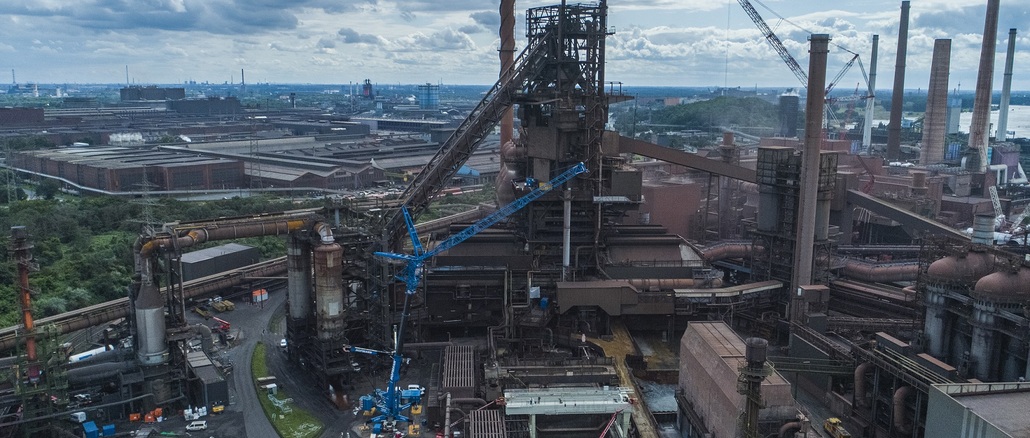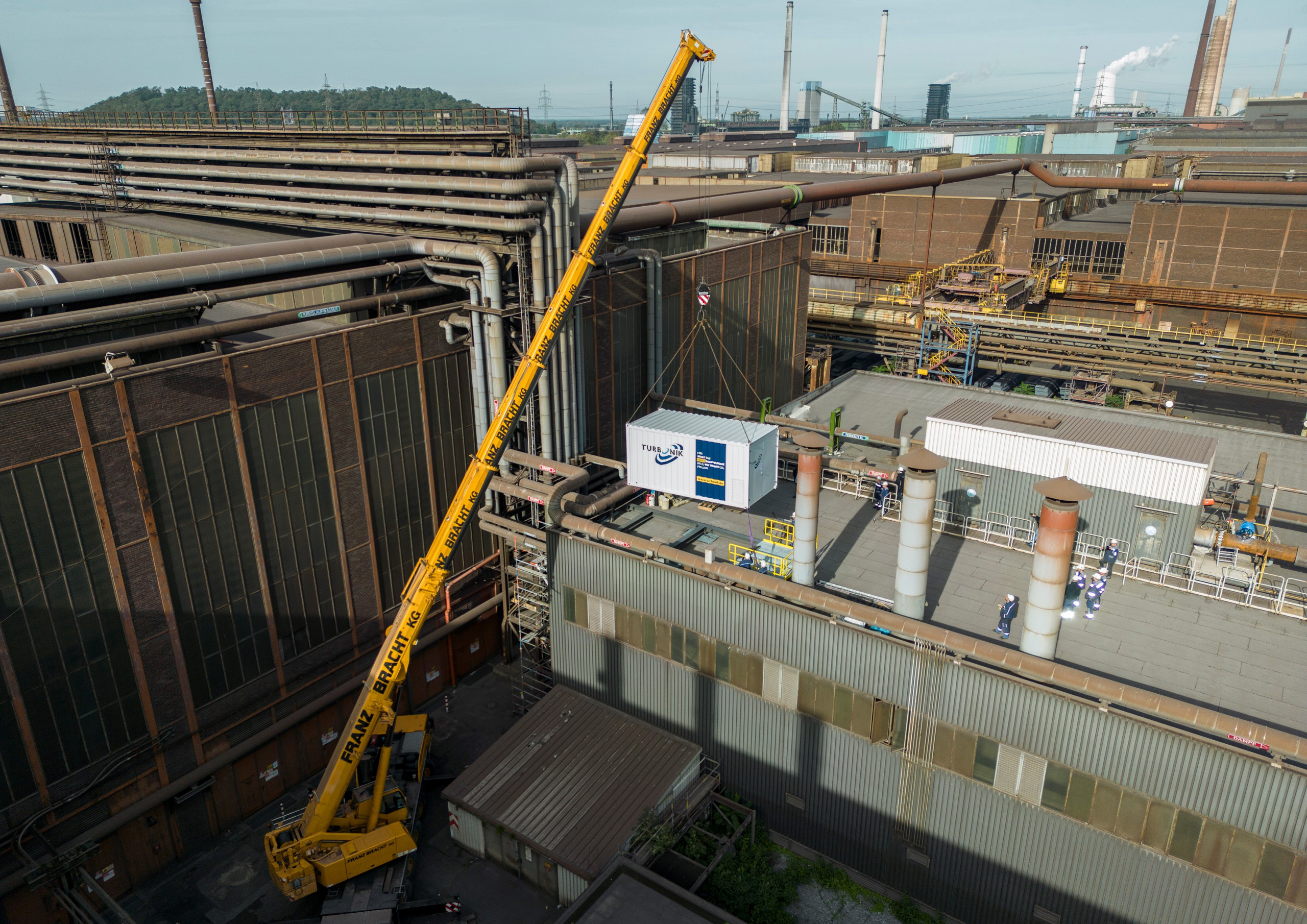
Blast furnace “Schwelgern 1” resumed production on October 1st as planned: After a three-month shutdown and an investment in the mid-double-digit millions, around 10,000 tons of high-quality pig iron are again being produced here every day. Following the completed modernization of the blast furnace, thyssenkrupp Steel now has full hot metal capacity again.
It’s a generational event: The “Schwelgern 1” blast furnace from thyssenkrupp Steel Europe is now starting what is expected to be its last shift, having been refurbished to the latest state of the art. The blast furnace had been in continuous operation for more than 13 years, and on July 7th the 48-year-old colossus was shut down for delivery. Now the blast furnace has resumed operation as scheduled. On its sixth “furnace journey” it will continue to produce around 10,000 tonnes of high-quality pig iron every day.
Blast furnaces in Duisburg to be replaced by climate-friendly direct reduction in the long term
Among other things, “Schwelgern 1” received a new furnace lining that will again withstand the extreme temperatures of around 2,000 degrees for years. The so-called partial lining will have been one of the last in the history of thyssenkrupp Steel Europe, as the Duisburg (Germany) steel mill is on its way to climate-neutral steel production. To this end, the company will gradually replace its four conventional blast furnaces at the Duisburg site with climate-friendly direct reduction plants from 2025. In the future, these will run on green hydrogen instead of coking coal.
Already less carbon dioxide
With a maximum capacity of 3.6 million tonnes of pig iron per year, Schwelgern 1 is one of the largest blast furnaces in the world. Since 2020, the giant has been emitting less carbon dioxide than before, thanks to an innovative process in which additional oxygen is injected.



